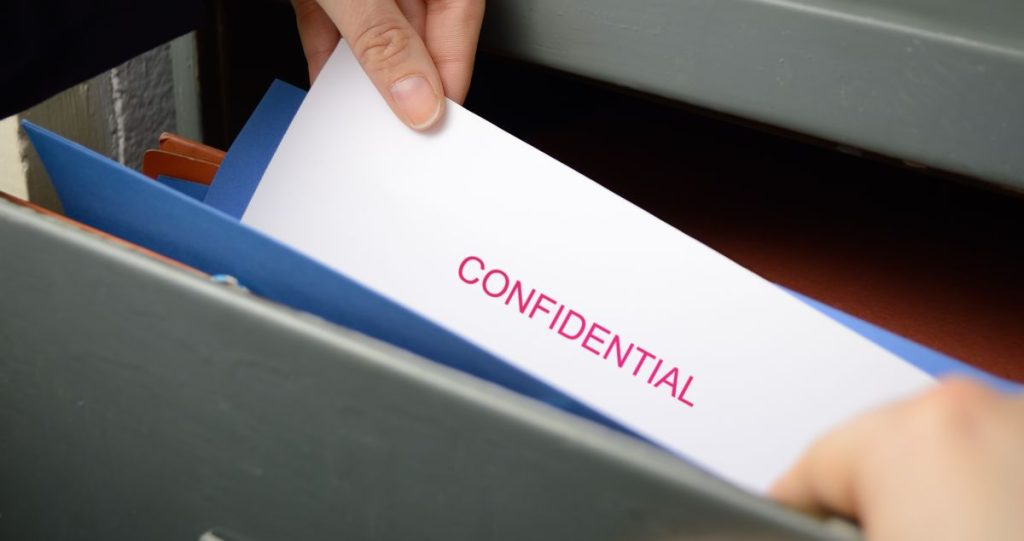Classified documents have revealed that Russia is ramping up production of its Iskander-M ballistic missiles, with procurement schedules outlining deliveries through 2027.
Others are reading now
The leak offers a rare glimpse into Moscow’s weapons modernization efforts, which analysts say could have direct implications for the war in Ukraine.
Expanding missile stockpile
The Iskander-M operational-tactical complex is one of Russia’s key battlefield systems, capable of delivering both conventional and specialized warheads with high precision.
Newly uncovered tender documents show that the Russian Army has ordered thousands of missiles across several variants, confirming an accelerated pace of rearmament.
Research by the Kyiv Institute of Forensic Research identified at least seven distinct missile types currently in use, featuring high-explosive, cluster, and special warheads.
Each model has been adapted for different battlefield roles, from striking troop concentrations to destroying fortified positions.
Orders by the numbers
Also read
The most frequently ordered missile is the 9M723-1F2, with more than 770 units purchased for a total value of 192 million rubles each, or roughly 8.6 million zloty per missile.
This model reportedly includes an upgraded fragmentation system designed to enhance effectiveness against surface targets.
By contrast, the 9M723-1F1 variant, equipped with a standard high-explosive fragmentation warhead, was ordered in the smallest quantity—just 59 units at about 10.9 million zloty apiece.
Meanwhile, Russia ordered 217 units of the 9M723-1F3 missile, which carries a penetrating Fugas warhead and a reinforced shield to improve impact power.
Depending on the year of delivery, prices ranged from 189 to 238 million rubles, or 8.5 to 10.6 million zloty.
Cluster and special payloads
Also read
Another model, the 9M723-1K5, uses a cluster warhead capable of covering wide areas and damaging unarmored vehicles and personnel in open terrain.
Around 185 of these missiles were purchased at a cost of 238 million rubles each.
Additional versions include the 9M723-1B, 9M723-1F, and 9M723-1F4. The 9M723-1B features a lighter AA106 warhead weighing about 410 kilograms while maintaining the system’s standard 7.2-meter length and 3.8-ton launch weight.
The newest modification
The latest variant, the 9M723-1F4, reportedly features an upgraded explosive composition and a refined detonation pattern to increase lethality against hardened and flat targets.
While its external dimensions remain consistent with the Iskander family, internal improvements suggest a new generation of warhead engineering.
Also read
Analysts say these modifications confirm that Russia is working to adapt its missile technology for diverse missions, from tactical battlefield strikes to broader strategic deterrence.
With deliveries planned through 2027, the Iskander-M complex is set to remain a cornerstone of Moscow’s precision strike capability in the years ahead.
This article is made and published by Kathrine Frich, which may have used AI in the preparation


